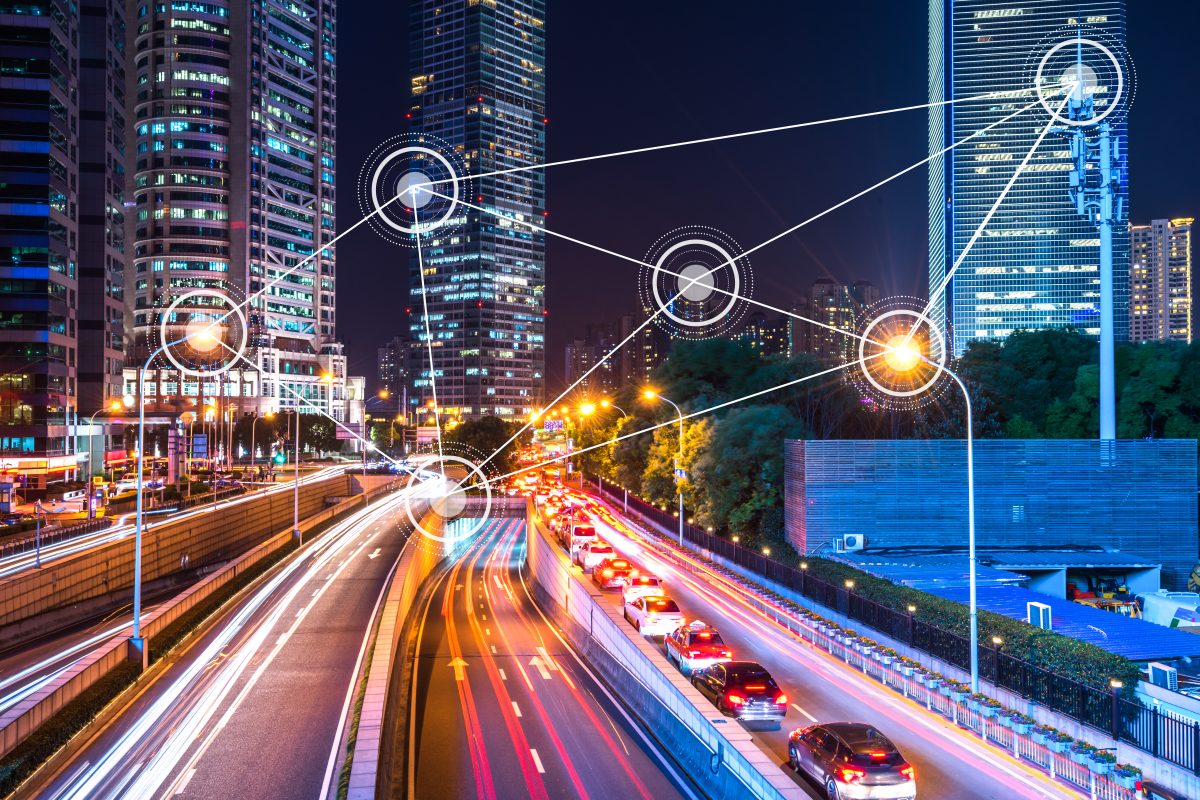Each year, as much as A$3.37 billion is forfeited to traffic congestion in Australia’s busiest capital cities. That figure is only increasing as the population does.
By retrofitting our existing highways with smart sensors and cameras, among other smart technologies, our transport agencies gain the ability to monitor the traffic flow, ground conditions and overall performance of a road. How is this helpful?

Well, connected data touch points along the roads allows users and city planners to access predictability of, and responsiveness to, vehicle movements.
Combine this with vehicle connected mobility and telematics, and municipalities as well as private parking owners are empowered to make hugely positive impacts on traffic congestion. It furthermore enables councils to respond to vehicle activity in a timely manner, to resolve any issues with traffic flow.
Take for example, an accident on a highway. Smart roads immediately collect the incident data and use it to activate the appropriate physical responses on the roads.
Smart roads would use this data to activate warning signs, speed limits, and diversions on the road.
In addition, nearby drivers can be notified of the accident through connected mobility to other vehicles in the area – forewarning them of the change in traffic conditions and including them in the effort to divert away from traffic congestion.
Enabling drivers to be better informed, safer and more efficient.
Definitely enhancing my driving experience.


Recent Comments